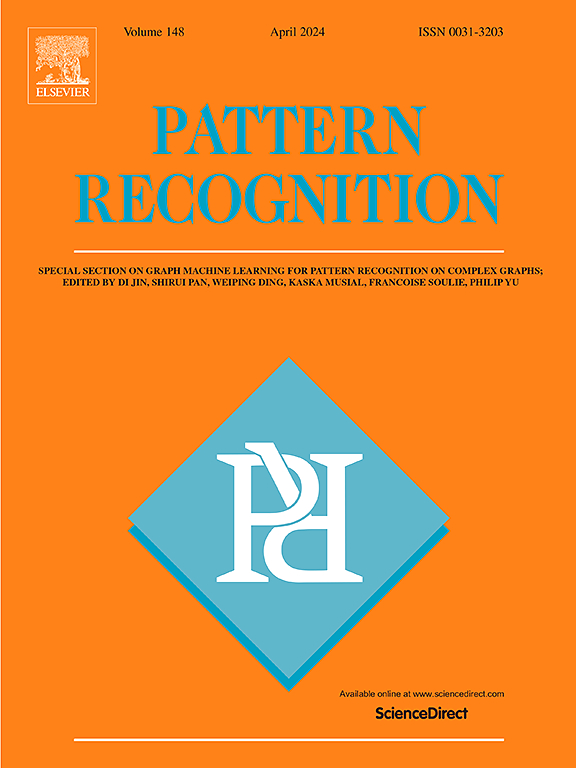FN-NET: Adaptive data augmentation network for fine-grained visual categorization
IF 7.5
1区 计算机科学
Q1 COMPUTER SCIENCE, ARTIFICIAL INTELLIGENCE
引用次数: 0
Abstract
Data augmentation significantly contributes to enhancing model performance, robustness, and generalization ability. However, existing methods struggle when applied directly to fine-grained targets. Particularly during perspective changes, significant details carried by local regions may be obscured or altered, making data augmentation at this point prone to severe overfitting. We argue that subclasses have common discriminative features, and these features exhibit a certain degree of complementarity. Therefore, in this paper, we propose a novel data augmentation framework for fine-grained targets called the feature expansion and noise fusion network (FN-Net). Specifically, a lightweight branch (aug-branch) is introduced in the middle layer of the convolutional neural network. Feature expansion is involved in this branch, which creates new semantic combinations from multiple instances by exchanging discriminative regions within the same subclass in the feature space. Noise fusion preserves the noise distribution of the current subclass, enhancing the model’s robustness and improving its understanding of instances in real-world environment. Additionally, to prevent potential disruptions to the original feature combinations caused by the feature expansion process, distillation loss is employed to facilitate the learning process of the aug-branch. We evaluate FN-Net on three FGVC benchmark datasets. The experimental results demonstrate that our method consistently outperforms the state-of-the-art approaches on different depths and types of network backbone structures.
求助全文
约1分钟内获得全文
求助全文
来源期刊

Pattern Recognition
工程技术-工程:电子与电气
CiteScore
14.40
自引率
16.20%
发文量
683
审稿时长
5.6 months
期刊介绍:
The field of Pattern Recognition is both mature and rapidly evolving, playing a crucial role in various related fields such as computer vision, image processing, text analysis, and neural networks. It closely intersects with machine learning and is being applied in emerging areas like biometrics, bioinformatics, multimedia data analysis, and data science. The journal Pattern Recognition, established half a century ago during the early days of computer science, has since grown significantly in scope and influence.
 求助内容:
求助内容: 应助结果提醒方式:
应助结果提醒方式:


